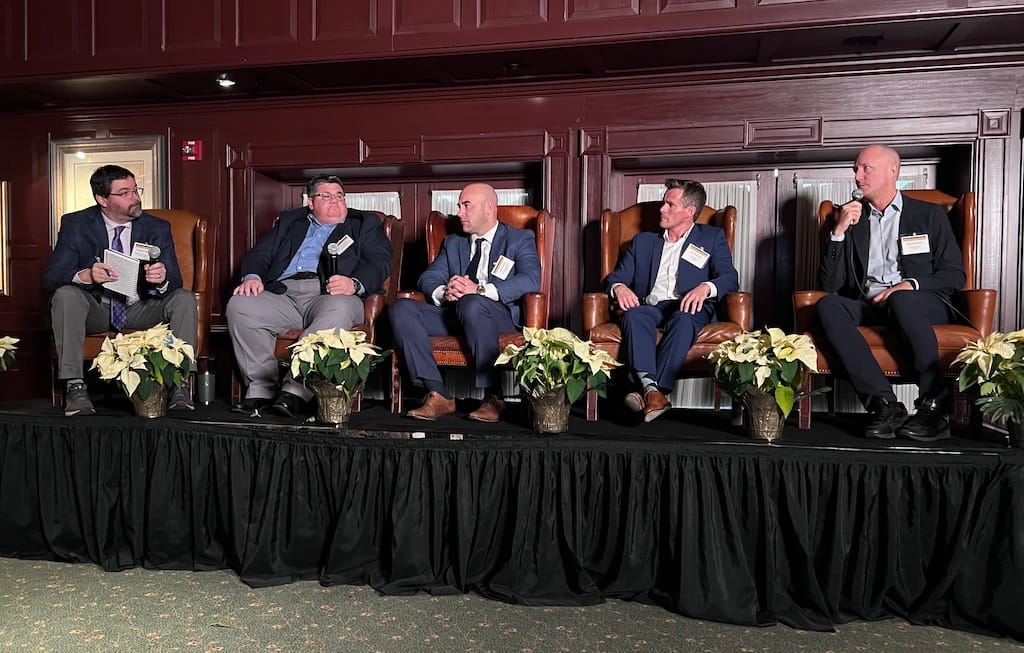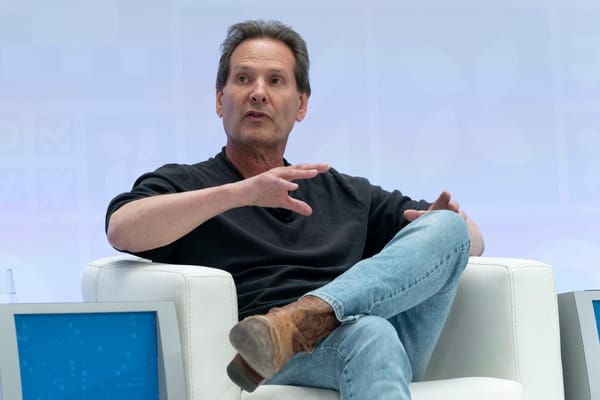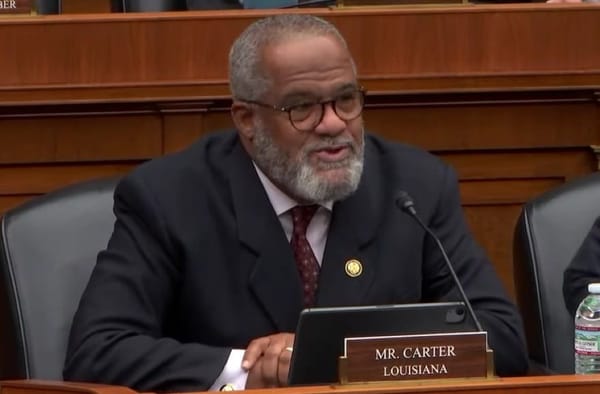Panelists Debate Whether Lease-Utility Model Offers Open Access Benefits
At the Digital Infrastructure Investment Summit, five experts debate the essence of 'open access networks'.
Jericho Casper

WASHINGTON, December 8, 2023 — The term “open access networks” encompasses a wide range of interactions between internet customers, providers and network operators – and no single definition may be sufficient.
See the videos from Digital Infrastructure Investment 2023:
 Broadband BreakfastBroadband Breakfast
Broadband BreakfastBroadband Breakfast
For example, SiFi Networks President Scott Bradshaw emphasized the importance of citywide infrastructure deployment with more than one internet service provider. In the 40 U.S. cities in 11 states in which SiFi operates, SiFi is the network operator, with a least a few ISPs offering services to consumers.
SiFi uses private financing to build, own and operate the network infrastructure – unlike several other models discussed on the panel.
For example, one alternative approach discussed was the utility-lease model, pioneered in Huntsville, Alabama, in a collaboration facilitated by the Broadband Group and the city’s Huntsville Utilities and Google Fiber.
On the panel, Broadband Group President Jeff Reiman touted the benefits of this public-private partnership, while also acknowledging that it was not truly or fully open access.
Under the Huntsville arrangement, the city utility had deployed fiber for smart grid purposes and chose to lease excess capacity to Google Fiber to improve local connectivity. Huntsville Utilities built a dark fiber network to pass everyone. But the city did not put in the drops, or the home-by-home connections.
Huntsville Utilities owns the system's fiber backbone, but Google Fiber owns the line-to-home connections, manages all hookups and delivers internet services.
Is that open access?
SiFi’s Bradshaw took issue with that Huntsville model. He highlighted the critical juncture in which an ISP installs its electronics to the home. He said that that was the exact moment that the network could no longer considered open access.
Allowing service providers – in this case, Google Fiber – to install electronics hands control back to the ISP, and jeopardizes customer choice if that ISP exited the market. A truly open access network would ensure that no one ISP can control the customer base, said Bradshaw.
But in defending the utility-lease model, Reiman argued that it has proven to bring some of the benefits of open access: Competition and improved service options.
In fact, all Huntsville residents saw that as a result of the utility-lease arrangement, “When Google Fiber entered Huntsville, Comcast and AT&T immediately upgraded all of their infrastructure.”
Springfield’s City Utilities, in Missouri, followed a similar framework. There, the city leased its unlit fiber network on a nonexclusive basis to internet service provider Lumen Technologies, previously CenturyLink.
Weighing in on the exchange, moderator Christopher Mitchell, Director of the Community Broadband Networks Initiative at the Institute for Local Self-Reliance, said: “There's a fair number of people who would say we still get some of the benefits of open access, and perhaps the ones that a community values the most, even if they give control of the electronics away.”
"I am a proponent of critical infrastructure being publicly accountable,” continued Mitchell. “But I can't deny if I talk to Huntsville Utilities and they are happy with what they've done."
Still other variations on open access
The panel agreed that open access, in its pure or three-tier form, describes a network in which a public or private entity builds and/or owns a broadband network complete with fiber drops; a network operator manages connectivity on a lit network; and multiple service providers sell services to individual customers or businesses.
The term ”wholesale broadband” is broader one. It refers to a high-capacity internet provider reselling services on its network through other, more limited retail customers.
Mikael Philipsson, CEO of COS Systems and the keynoter at the Summit, recounted his experience in Sweden in which gigabit symmetrical connectivity is now available to 98 percent of citizens, and about 60 percent of customers are purchasing their broadband on open access networks.
In his view, open access is centered on providing a range of services to customers, allowing them to switch providers and services as needed.
Robert Bridgham, executive director of the Eastern Shore of Virginia Broadband Authority, exemplified the hybrid nature of the authority’s approach. It offers backbone service while also serving as an ISP.
“We are allowing proprietors to use our backbone, but we also provide end-user services. So we are effectively an ISP and an open access provider. Is it wholesale, is it open access? We don’t limit ourselves,” he said.
“You can see with my fellow panelists, we all have a little bit of a different variance,” said Bridgham, who said he found it fascinating that four experts could offer such distinct interpretations.
But as a whole, all panelists agreed that utility-lease, wholesale, and open access networks (whether constrained or completely open) all inject much-needed competition into a traditionally vertically-integrated model.










Member discussion